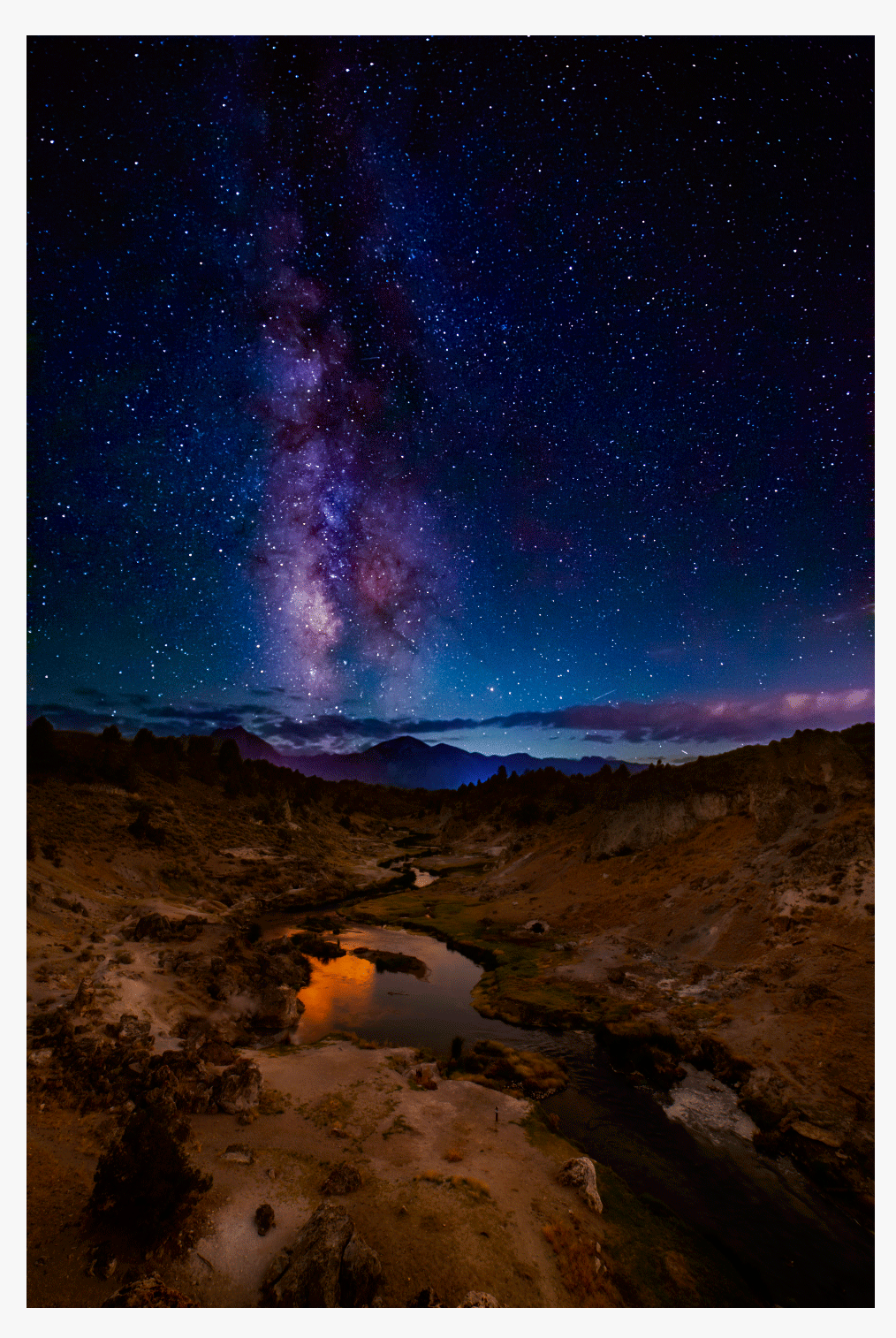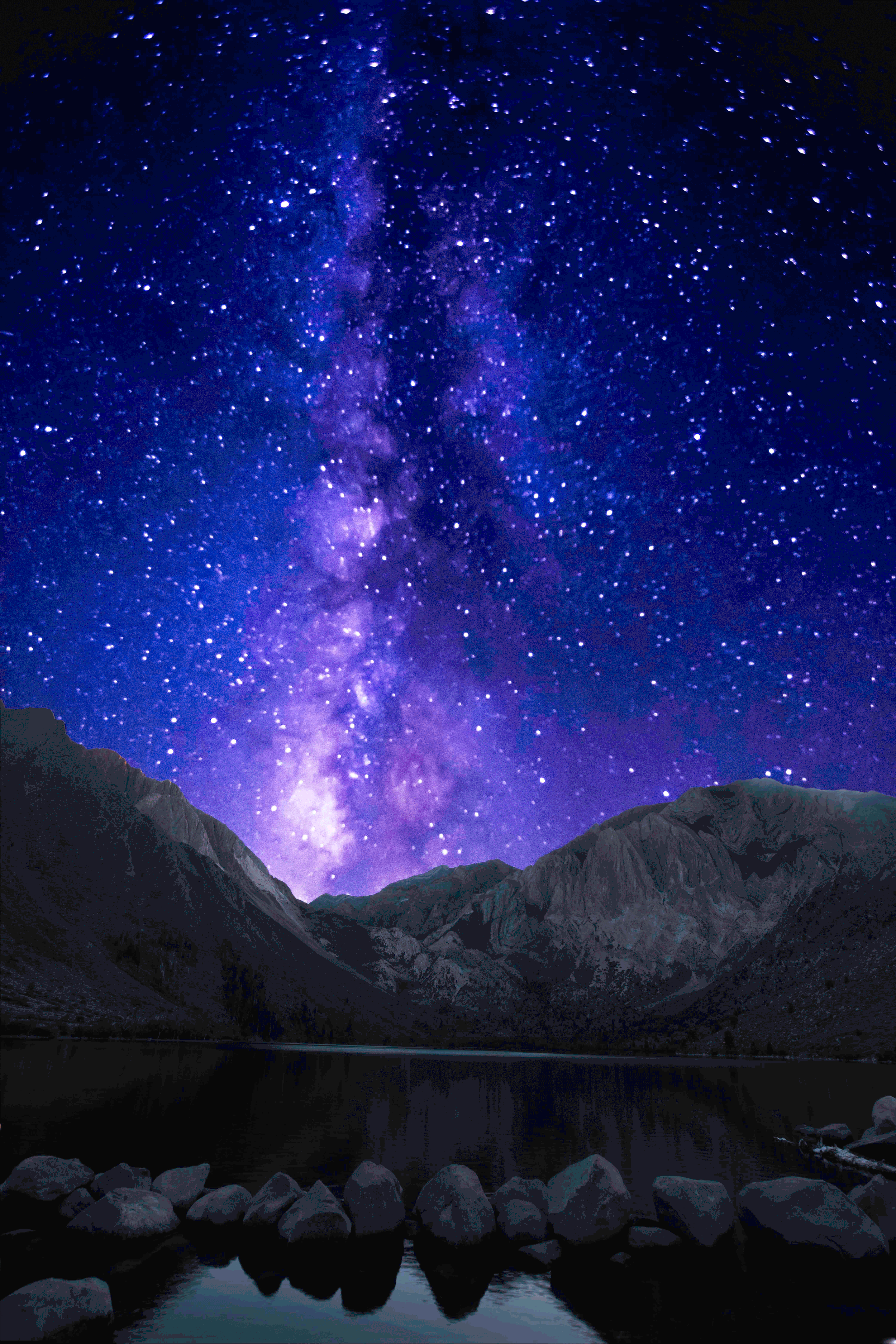
















One might think that Landscape Night Photographers (also known as Astrophotographers) who marry earth and ancient skies (e.g., prominent landscapes and the Milky Way) would be among the most ardent environmental caretakers. But judging from my encounters with packs of these photographers behaving badly in Yosemite, the Borrego desert, and the Eastern Sierra Nevada, I wonder why so many behave more like vandals than earth’s caretakers.
Briefly: For those unacquainted with landscape night photography, it generally consists of using high ISO camera settings (3400; 6400 and higher) and long, tripod-assisted exposures (usually 15 to 25 seconds, so that the stars do not streak), while lighting a hoodo, arch, waterfall, other interesting subject in the foreground. To diminish camera “noise” and star movement, night photographers may use various applications (Starstacker) to register a sequence of six to eight, 3-second exposures.
Beginning in 2018, Arches National Park, Canyonlands National Park, Natural Bridges National Monument, and Hovenweep National Monument) prohibited “light painting” by commercial photo workshops, although it is still allowed by individuals in most other parks. (Imagine being 10-seconds into your shot when suddenly a light beam from another photographer paints your subject and ruins your exposure.) An alternate method permitted everywhere is low level lighting [LLL] -- which consists of a bank of extremely dim, color-correctable and adjustable LED lights matching starlight or weak moonlight, mounted on a light stand, and akin to studio lighting. Some night photographers eliminate LLL’s and spotlights by recording foreground geography at dusk and then fusing the image with Astro-images in Phototmatix or some similar composting application, a technique that would violate NPPA’s Code of Ethics.
My first encounter with night photographers run amuck came on August 31, 2019, after a 45-minute hike into the number two waterfall on the Toulumne River in Toulumne Meadows, Yosemite National Park. Arriving late in the afternoon, I had ample time to set up two LLL’s, commune with several bears, and make exposures with the Milky Way rising diagonally above the river and behind Unicorn Peak.
Seated in my truck four hours later at the Lambert Dome parking, I was chugging Gatoraide to fend off leg cramps when a big, white SUV full of night photographers arrived. Although too late to make a usable image because the Milky Way had by then moved west and was hidden by the forest, they piled out, ignored the U-shaped path around the delicate meadows, and a sign prohibiting access, and saved five minutes walking by cutting a path across the meadow that a Yosemite later ranger explained would require several years before recovering.
Far worse was what happed on August 1, at 10,000 feet altitude, at Schulman Grove Bristlecone Pine forest, in the White Mountains along the California-Nevada border where the oldest living things on earth date to 3,000 B.C.
Arriving long before sunset, my partner (Emory University Professor Angelika Bammer) and I joined a third photographer, set up two LLL’s along with our tripod-mounted cameras, and enjoyed the sunset near a Bristlecone Pine dubbed “the Atlas” by some and the “The Ancient One” by others, which had died after a futile struggle to survive in the dolomite shards.
Careful to obey signs prohibiting photographers from moving off-trail, where small, slow-growing, three-inch-tall Bristlecone pines hundreds of years old were tagged with flags to prevent visitors from walking on them, we were startled just after sunset when a platoon of night photographers with headlights blazing marched up the trail. Ordered by the leader of the commercial trip to make a right turn, they ignored the signs and set off small landslides of dolomite as they wore a deep path and stationed themselves directly in front of us, blocking our view.
Following an exchange in which I explained that the worst thing one photographer can do to another is to arrive late, ignore clearly marked signs venture off a path, and step in front of other photographers who have staked out positions well in advance, the commercial leader’s assistant asserted that they had an Inyo National Forest commercial permit and were entitled to do what they wanted.
After another heated exchange, the commercial group leader withdrew to another site, leaving one group member with us along with his assistant, who proceeded to venture off trail as he planted his tripod and struggled to remain upright. After he moved my LLL light to an unsafe position in the rocks where it feel over, we put up with the nonsense until the group leader returned. Just after the Milky Way moved into a fine position behind “the Atlas,” Professor Bammer and I made our last shots, I packed up, and departed.
Several weeks later I learned from a Schulman Grove ranger that a young woman from the commercial group had filed a complaint against the group leader for this and other ethical affronts. Thus alerted, the Inyo Forest Service pulled his permit. Following a search of the internet, the Forest Service identified 15 other commercial operations holding unpermitted night photography operations in Schulman Grove. Rangers ordered them to “cease and desist.”
After watching a half-dozen SUV’s moving between Ricardo Breceda’s giant, welded-steel sculptures of dinosaurs the Anza-Borrego desert, I scrutinized at a half-dozen night photography sites. Heavy on camera gear, photographic techniques, and image processing, all but one bothered to mention ethics, etiquette, and responsibilities. Thus I was not surprised on October 28, 2019 when I ran into several night photographers at Skyrock, an intricate, 5,000-year-old petroglyph chipped through the darker “desert varnish” covering the exterior of rocks in the volcanic tablelands formed over 700,000 years ago just north of present-day Bishop, California.
Thought to be created by Owens Valley Paiutes, the Skyrock petroglyph faces the sky atop an enormous, 30 x 40-foot, flat-topped, boulder. Protective locals are reluctant to disclose its exact location, citing the case of a Mammouth Lakes physician who hired two vandals to saw cut out several Red Canyon petroglyphs, which he displayed in his home until caught and prosecuted.
Many Eastern Sierra locals denounce Gaylen Rowell, the photographer/adventurer and innovator of graduated, neutral density filters, who first photographed the petroglyph in the late 1970s. Held in high regard by most outdoor photographers long after and his wife perished in a 2002 plane crash, Rowell is nevertheless criticized for climbing onto Skyrock and planting a tripod. to photograph the still undecipherable petroglyph.
Since Rowell’s visit, dozens of photographers have climbed atop that precious boulder, even though the Bureau of Land Management has added a sign ordering hikers to stay off the rock. After several visits watching people ignore the sign and my verbal cautions against climbing onto the petroglyph, I figured out a way to photograph Skyrock without harming it.
To make my images I carried a 12-foot aluminum, A-frame, self-standing ladder from Chalk Bluff Road up the 350-foot cliff to Skyrock. Setting up the ladder a few feet away from Skyrock, I attached an extension arm to the upper wrung of the ladder, screwed on a tripod head, set my camera in place, added a wireless remote trigger, pointed it toward the spot where I determined that the Milky Way would appear, and began making test shots.
About an hour after sunset on a moonless night I placed an LLL light on a fully extended Domke light stand, added a handkerchief to diffuse the light, held the stand high over-head, and after a half-dozen tests, settled on a three to four-second exposure. I doubt that those who follow will feel compelled to do the same, even though that’s the effort that all night photographers who follow should make in order to preserve Skyrock’s intricate and intriguing if indecipherable forms.